Jakobsen wins Tour of California stage on tubeless tyres
Specialized say future of road tyre technology is tubeless
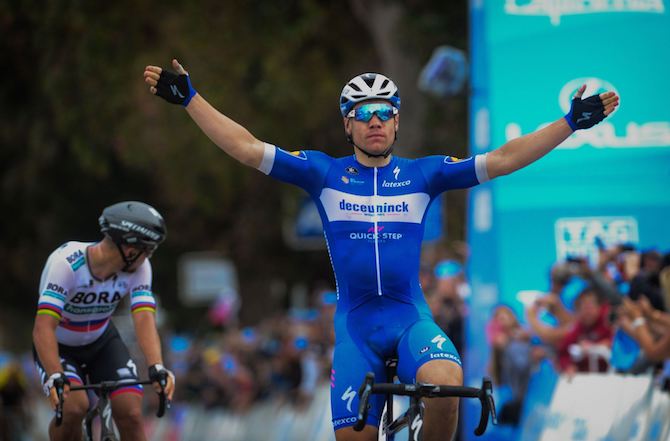
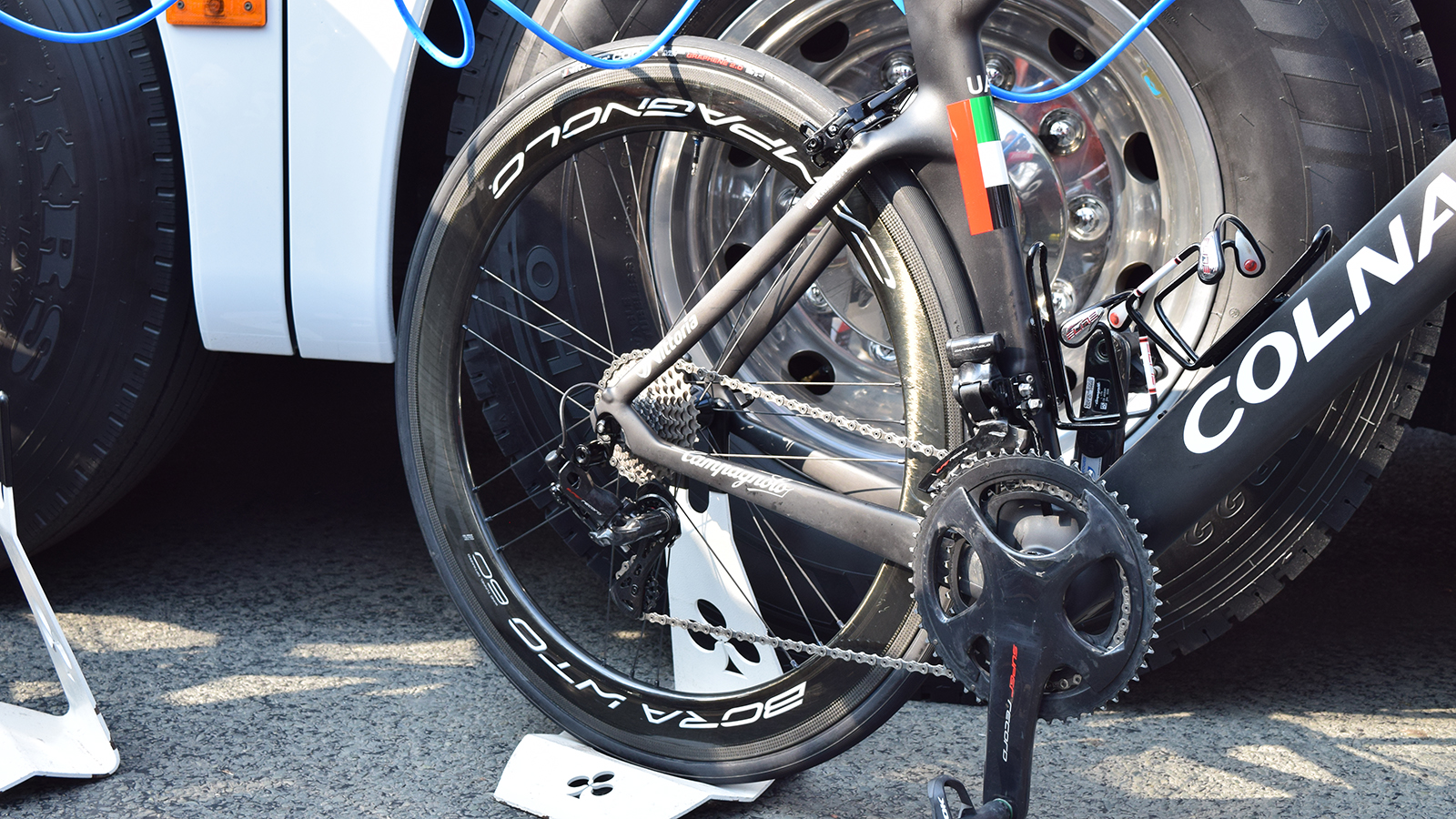
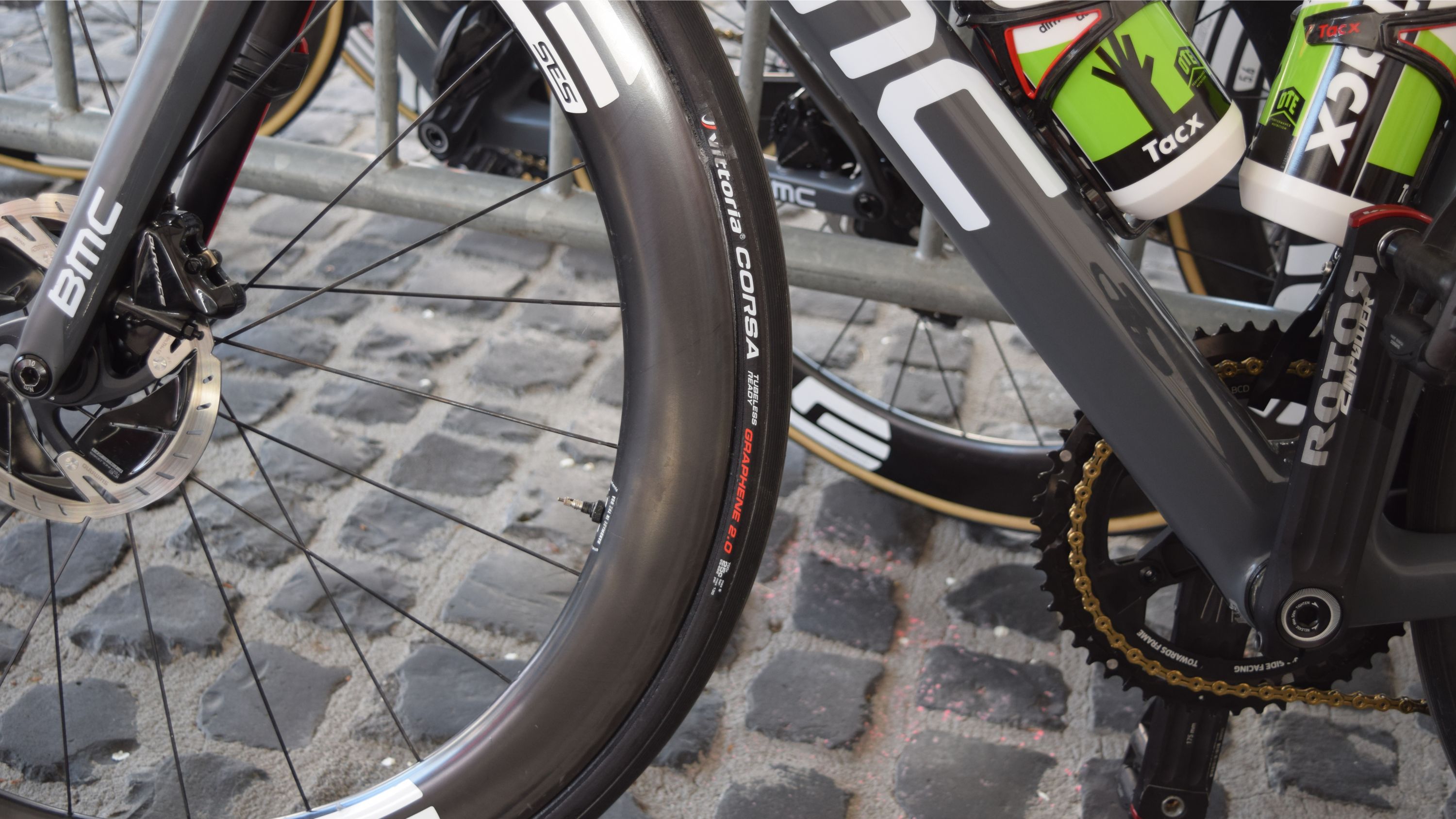
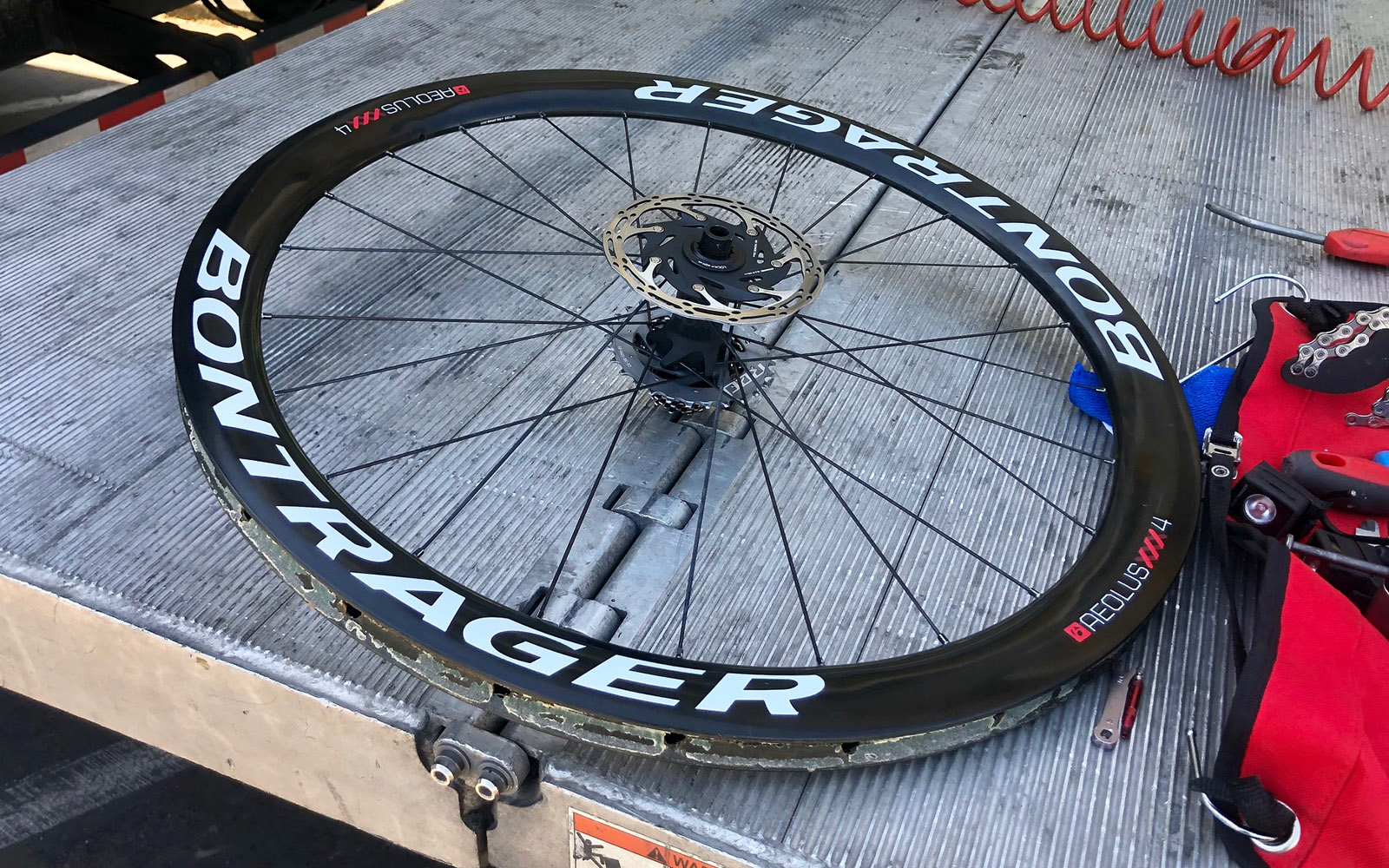
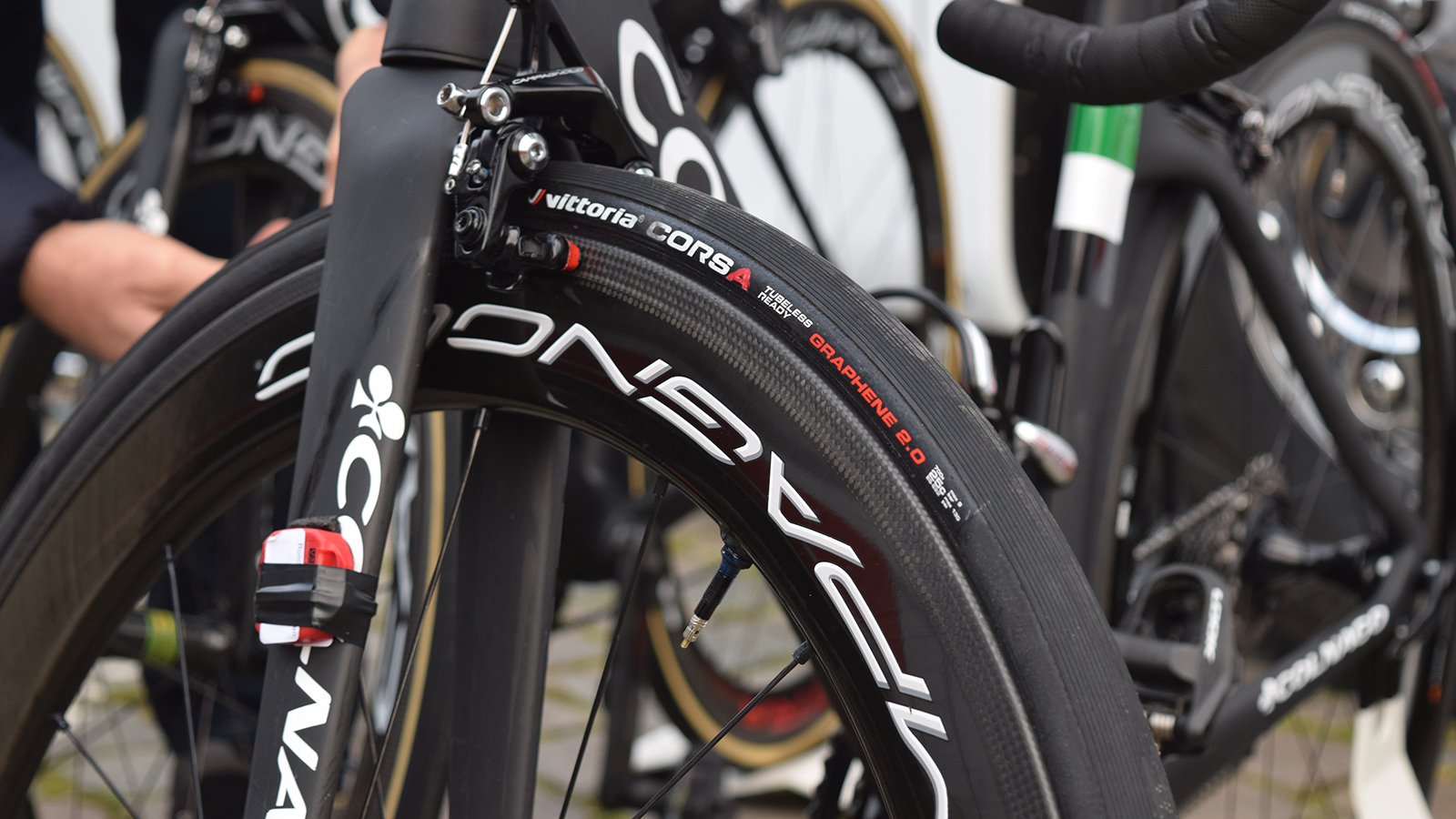
Fabio Jakobsen (Deceuninck-QuickStep) took the second WorldTour race victory of the season on tubeless tyres at the Tour of California on Wednesday, as teams and brands continue to test the technology in the professional peloton. Alexander Kristoff (UAE Team Emirates) was the first WorldTour race winner on tubeless wheels and tyres when he won Gent-Wevelgem in March.
Deceuninck-QuickStep’s technical partner and tyre provider Specialized revealed that Jakobsen's win followed an earlier puncture, which was subsequently sealed using latex sealant inside the tyre.
Tubeless tyres are used in conjunction with a tubeless-ready wheelset, where the bead of the tyre locks into the rim, removing the need for an inner tube and offering a simpler setup and similar weight to tubular tyres. Tubular tyres have been used in cycling for around 100 years and see the tube glued to the rim of the wheel. The setup can be time consuming and expensive for teams as more wheels needed and riders prefer to race on tubular tyres because of their low rolling resistance and because they can continue riding after a puncture.
Tubeless tyres can also be used with various types of flexible liquid sealant on the inside of the tyre so when a puncture occurs, the tyre can often be sealed quickly and automatically without the need for a tyre or wheel change and only a small loss of tyre pressure.
Tubeless technology has been used in cars for decades – albeit without sealant – and more recently in mountain biking. As the technology has advanced, improving reliability, lowering weight and better preventing the tyre coming off of the rim, tubeless tyres are being used more and more in cycling.
In a press release from Specialized, the brand said: “Specialized firmly believes the future of road tyre technology, both racing at the highest level and for every rider, is tubeless. The speed, handling, comfort and flat protection on tubeless tyres is a benefit for every rider and something our athletes believe win as much as we do.”
Kristoff used a wheel and tyre combination from Campagnolo Bora WTO and Vittoria Corsa Graphene 2.0 to win Gent-Wevelgem. He continued to race on the setup throughout his Classics campaign but it proved to be a major error at Paris-Roubaix. Kristoff suffered three punctures with the tubeless setup on the brutal cobbles at the Hell of the North before switching to traditional tubular tyres.
Get The Leadout Newsletter
The latest race content, interviews, features, reviews and expert buying guides, direct to your inbox!
After the race, Kristoff admitted the choice was a risk but that the ride quality and feelings were still better with tubeless tyres suggesting they’re maybe just not ready for Paris-Roubaix.
Jakobsen echoed Kristoff’s thoughts on tubeless tyres ride quality and said in a video sent by Specialized: "I'm really in love with them because they take the bumps better in the corners and I feel more confident. Especially when your cornering at high speed and when braking, I feel I have more connection with the road with tubeless tyres.
"From now on, if the team let me, I’ll race with them all of the time I think. On the straight road, they just roll smoother and you feel less bumps, which is good for your body too."
Jakobsen’s teammate Michael Morkov added: "I also feel the rolling resistance is much less with these tyres compared to tubular tyres, I’m very excited about tubeless. I feel a really good grip with them and I use the 26mm tyres and even on the difficult descents today, I had no problems. The grip is good, I’m really confident with these tyres and they roll really well.”
As part of Specialized’s ‘Project Black’ testing program Peter Sagan (Bora-Hansgrohe), used tubeless tyres at the People’s Choice Classic criterium ahead of the Tour Down Under in January and has been spotted training on the tubeless tyres.